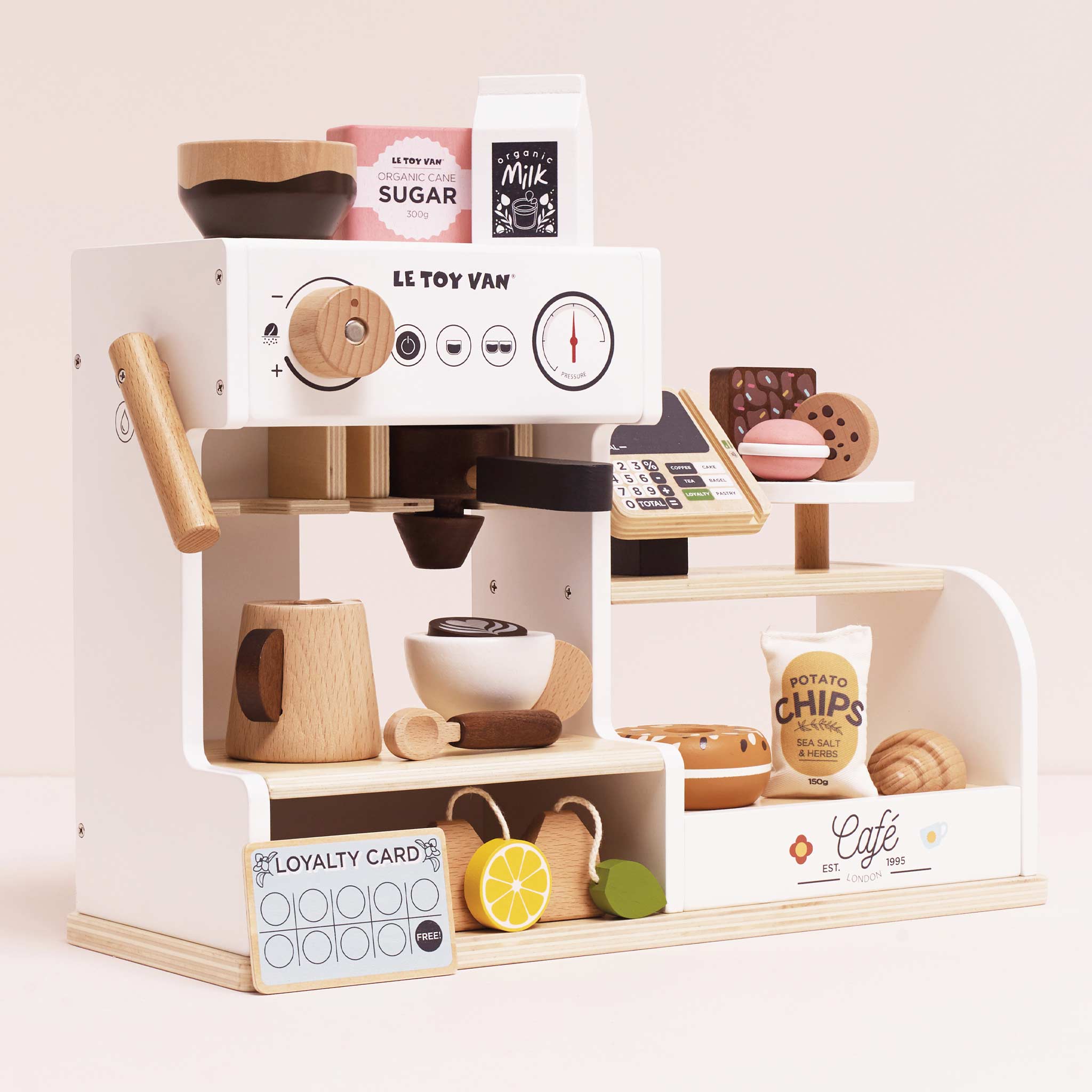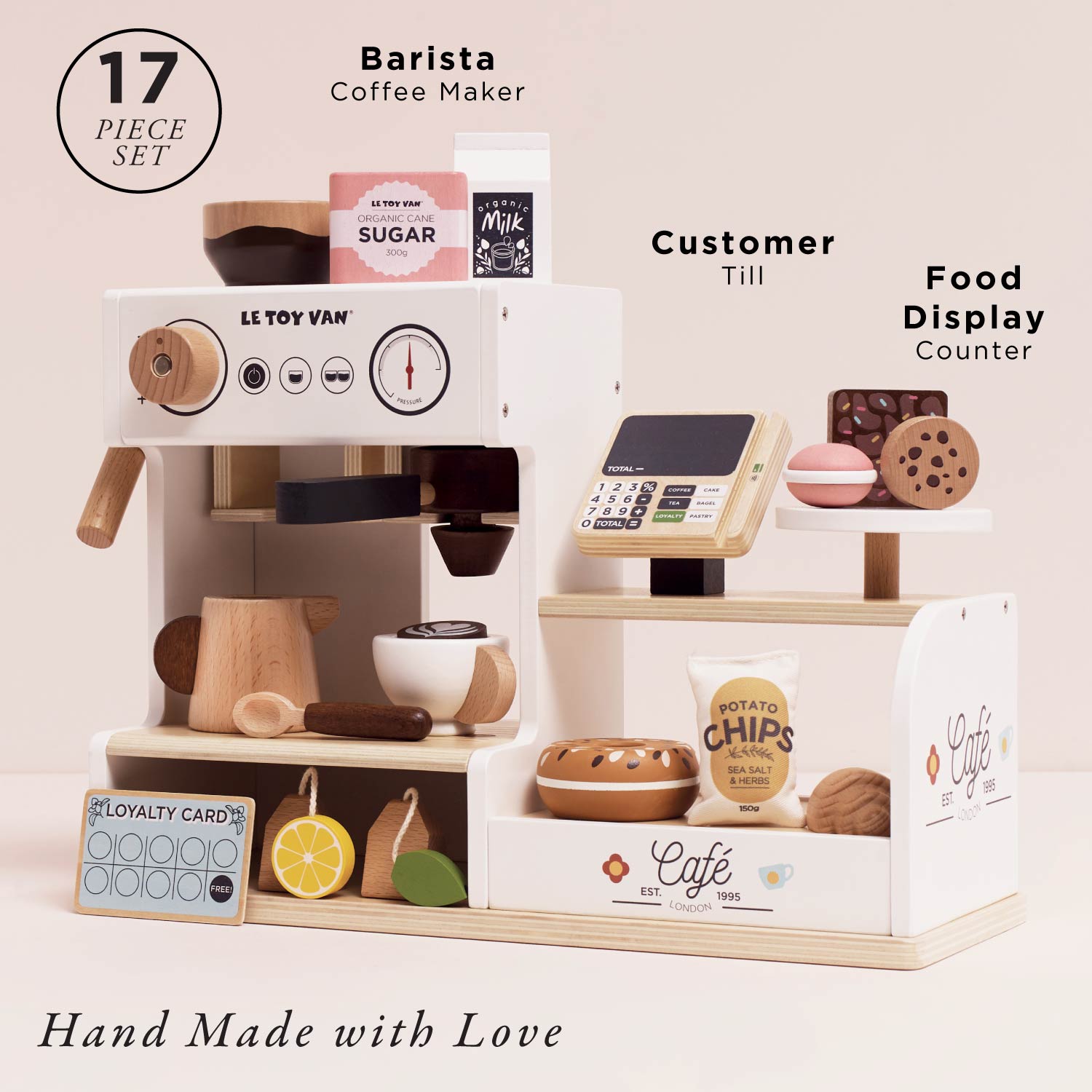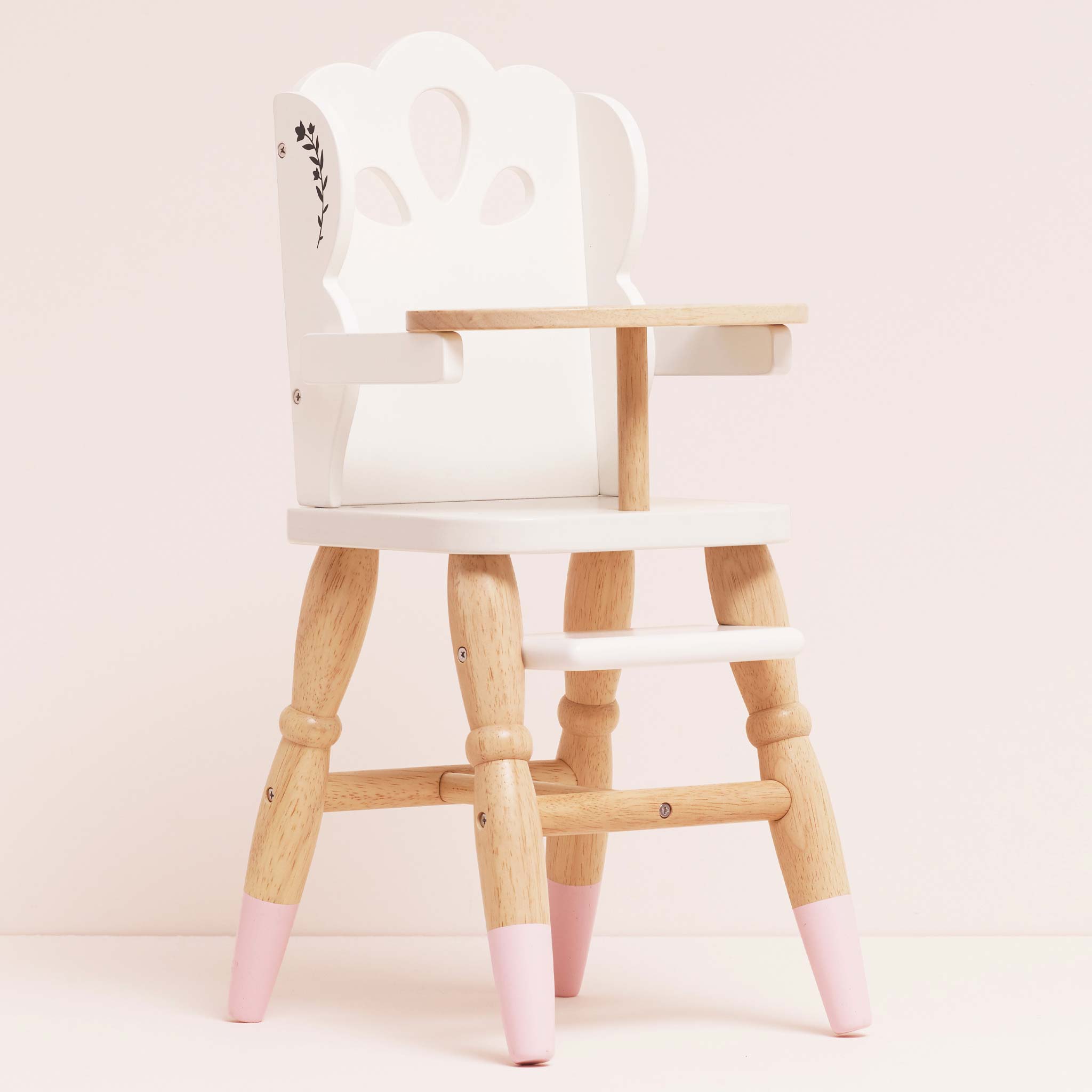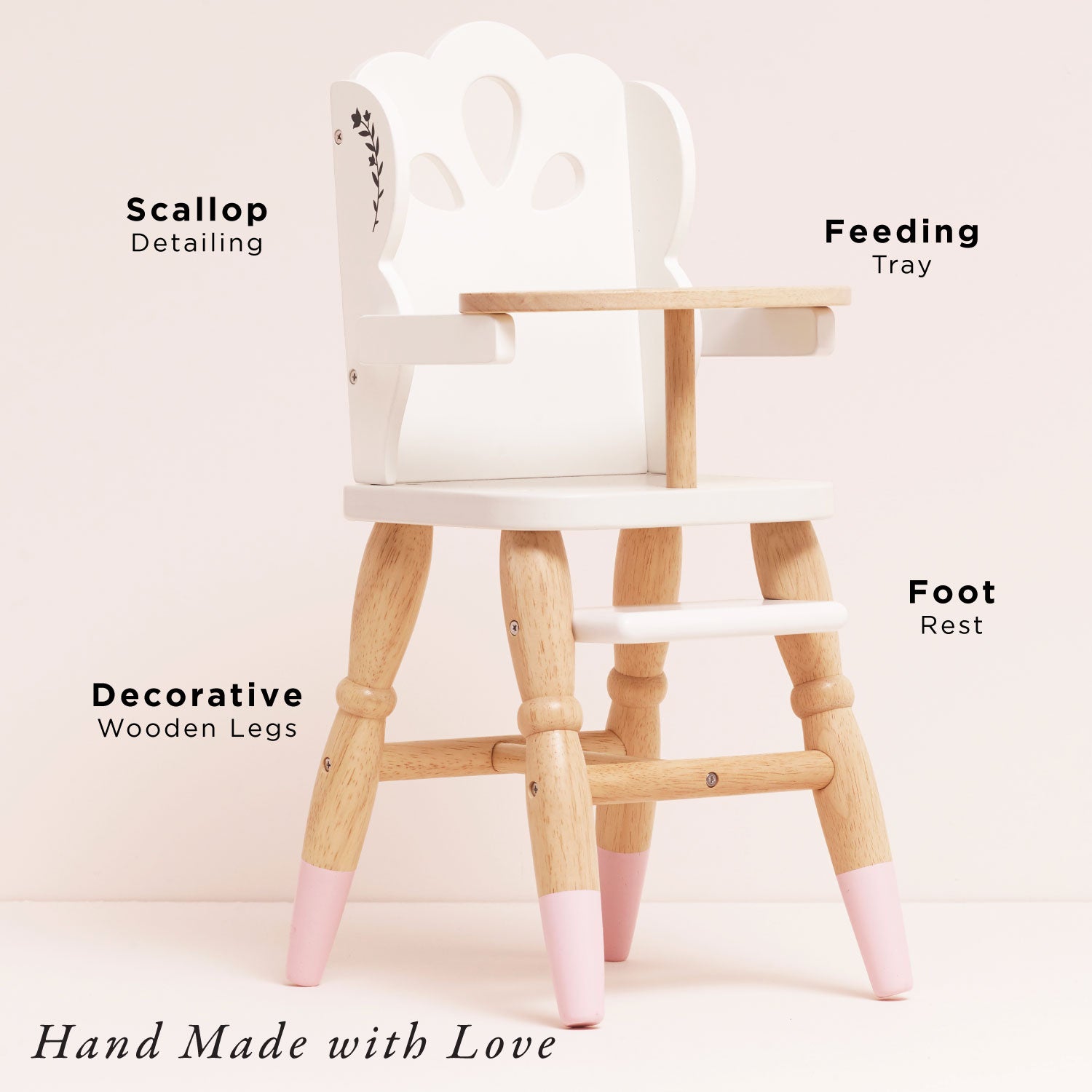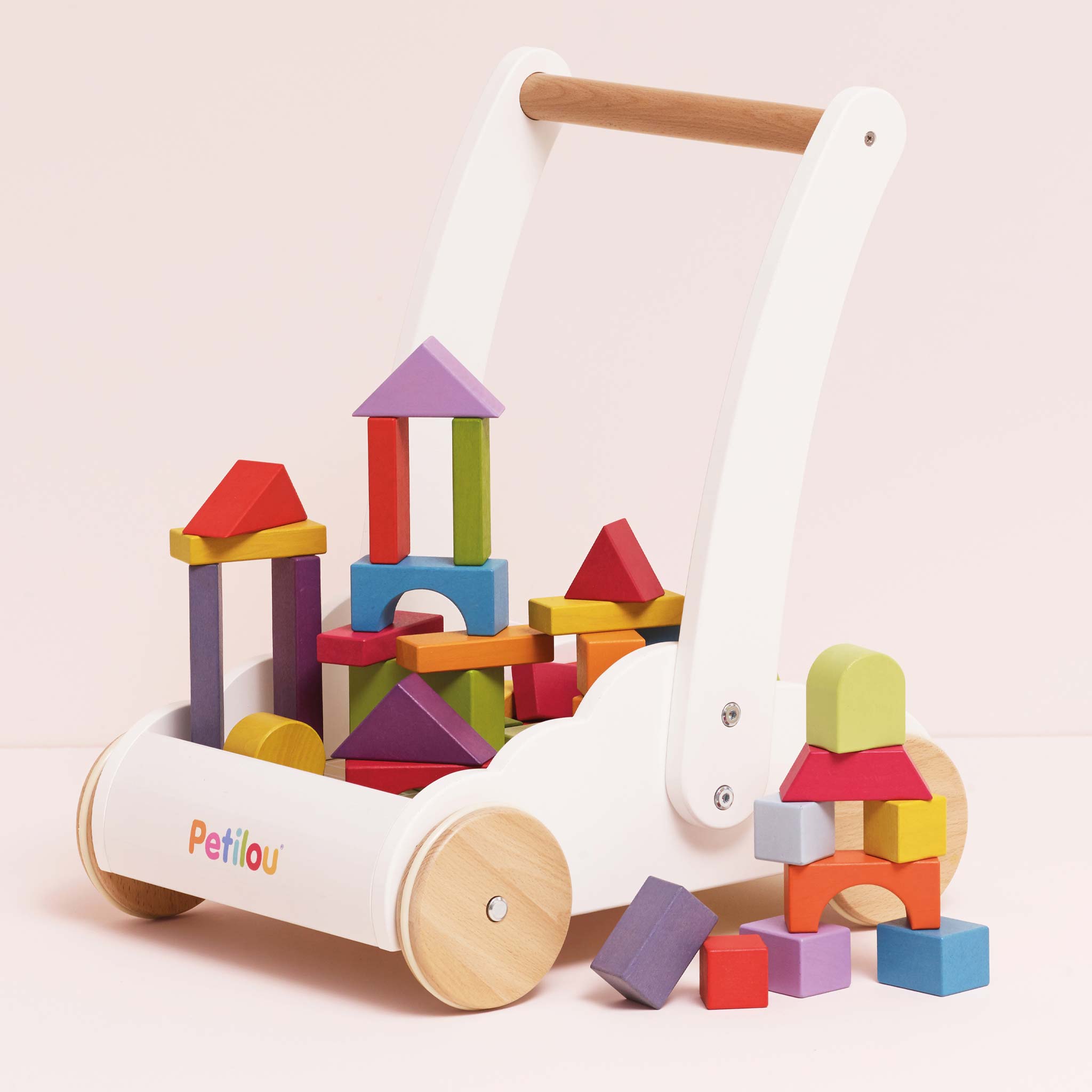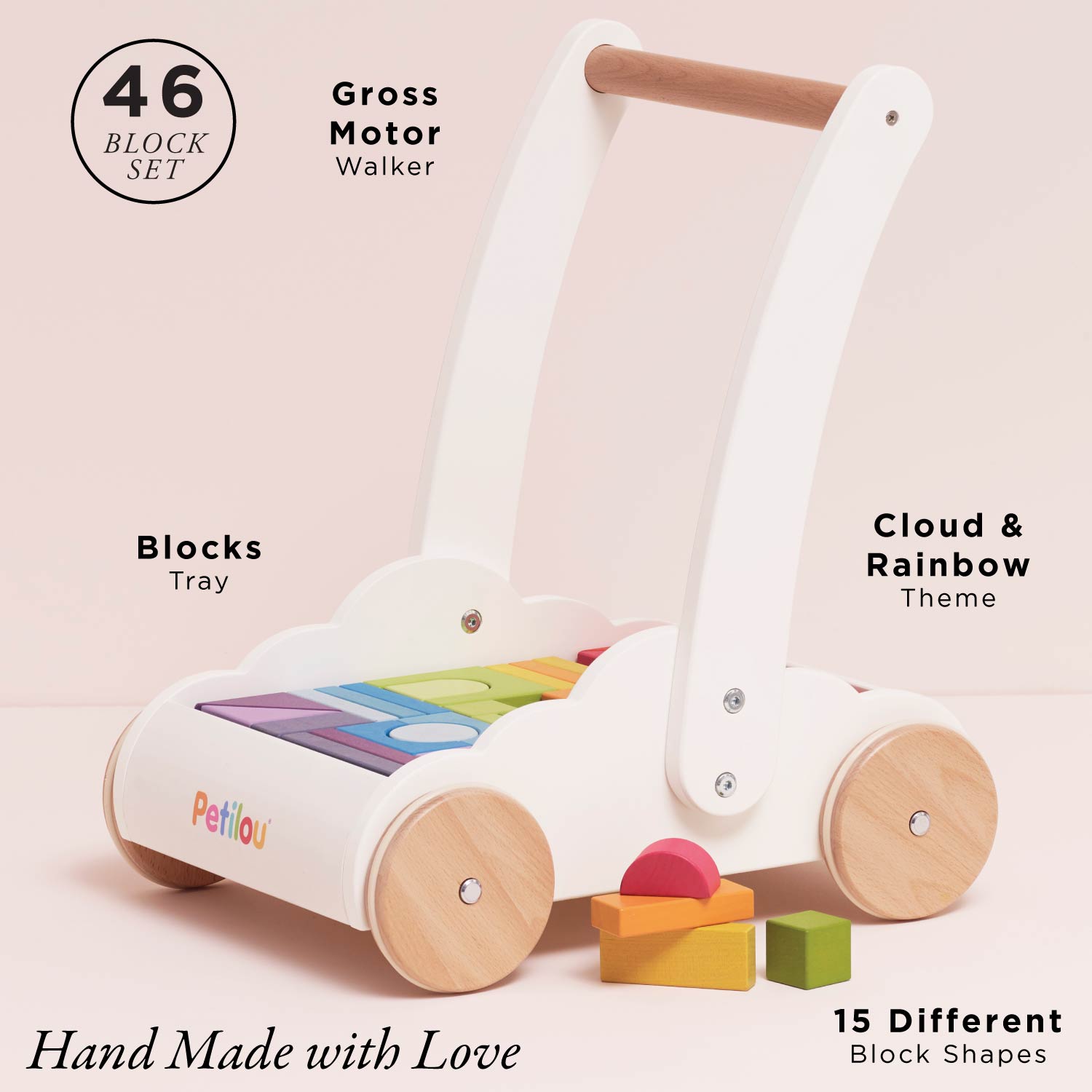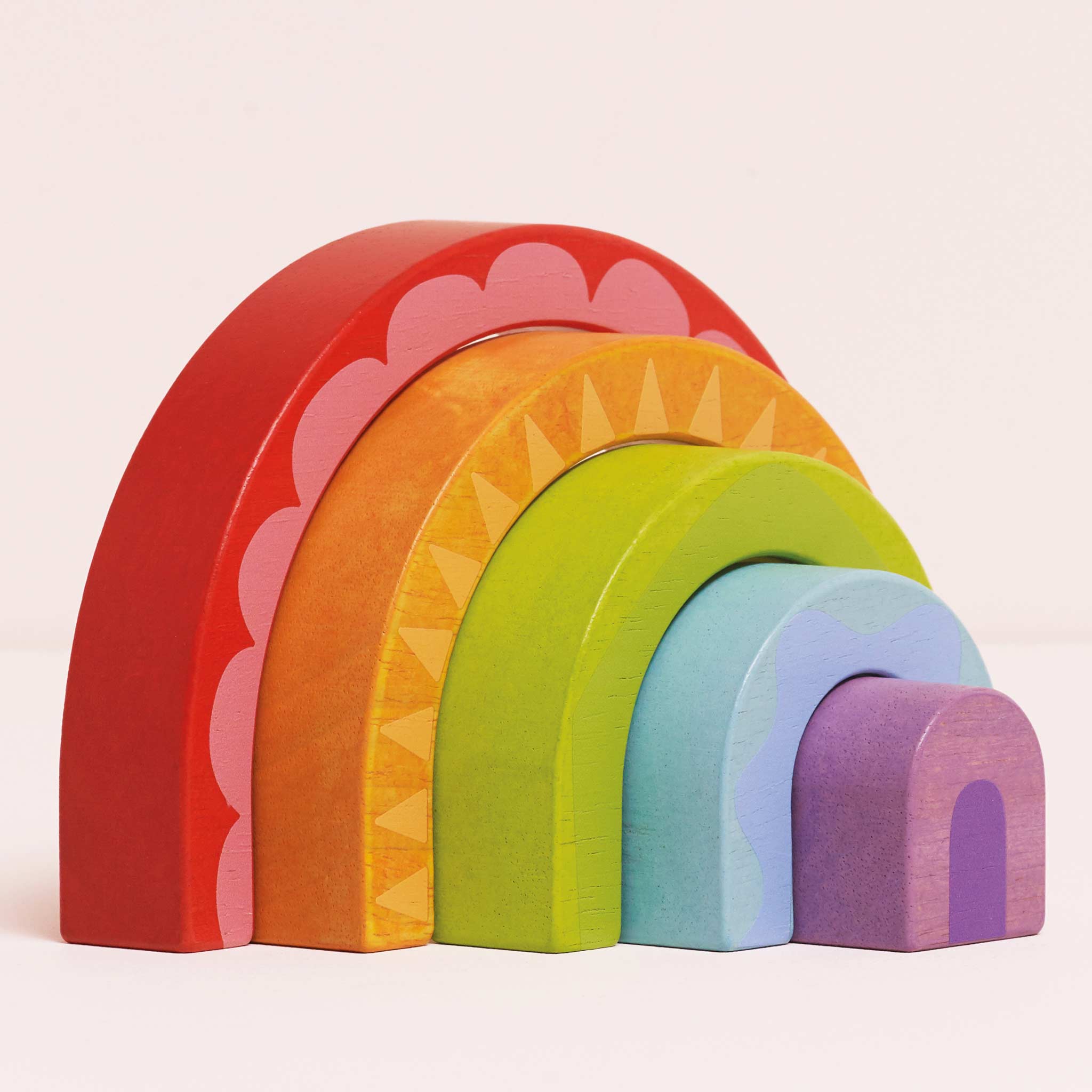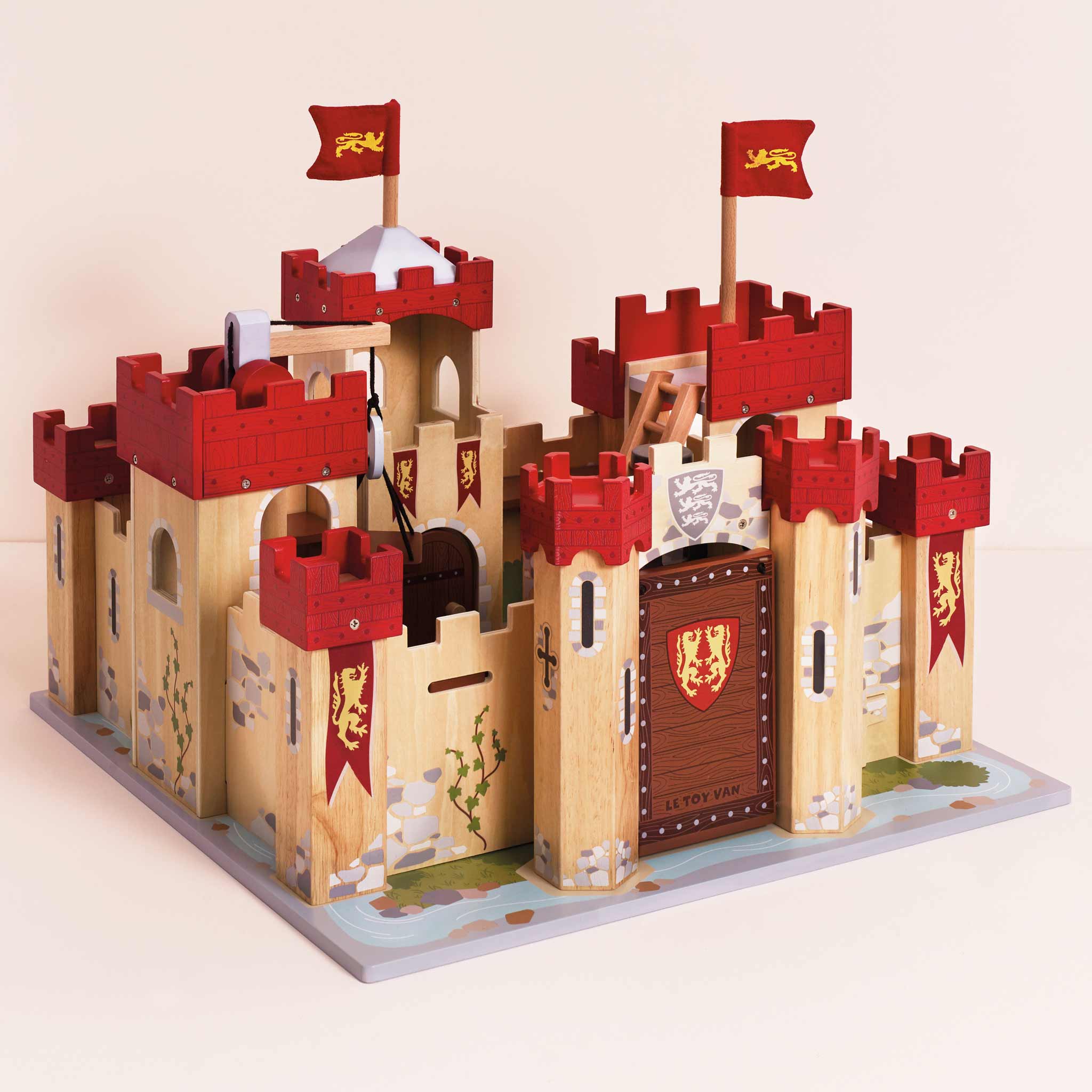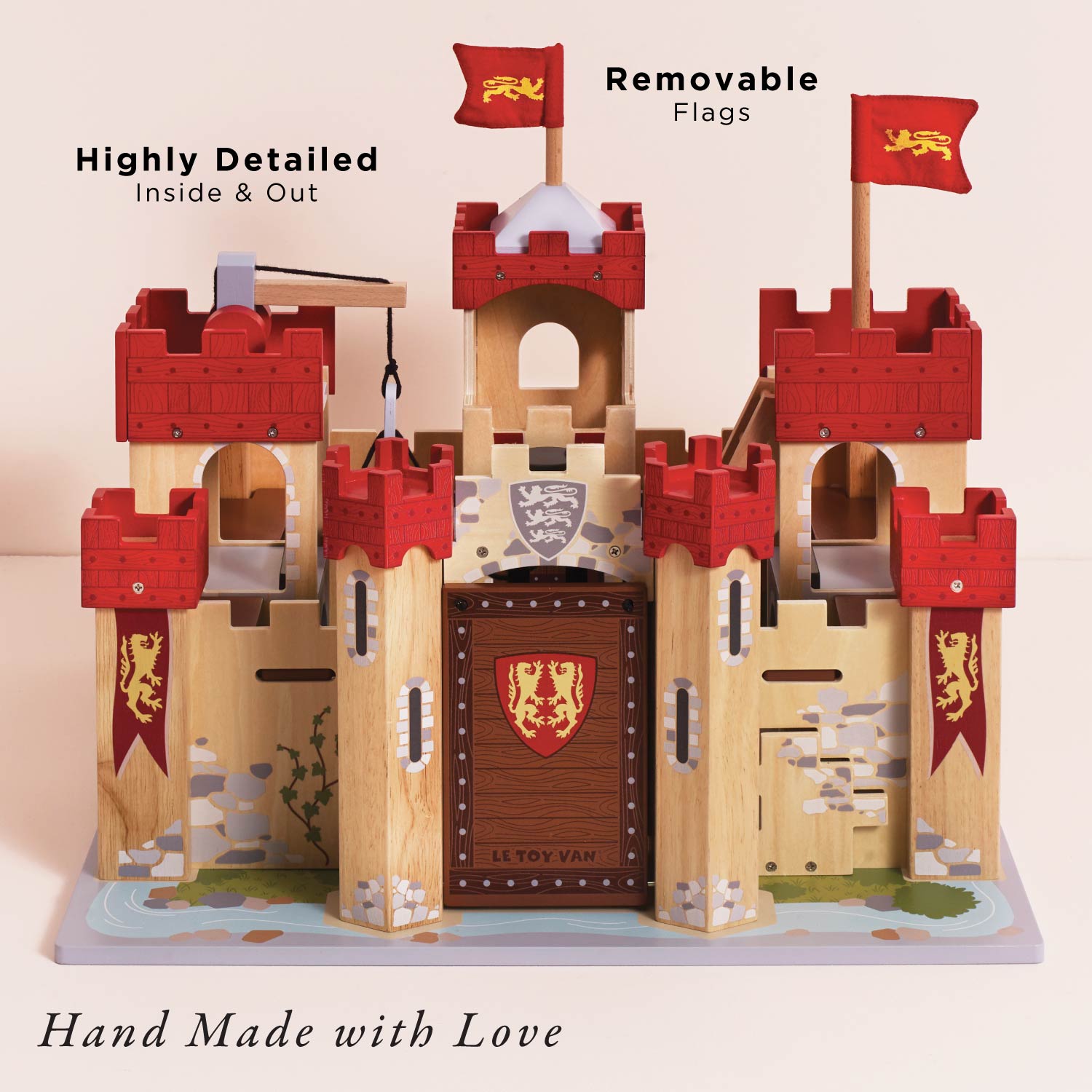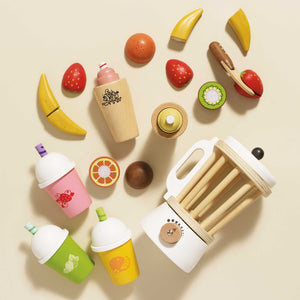Having children transforms the lives of the parents or caregivers in so many ways. Although many of us vow that the living areas within our homes will not be taken over by the toy collection and transformed into difficult to navigate spaces filled with twinkling plastic; this is often easier said than done.
When becoming a parent, it can be difficult to know which toys are appropriate and indeed how many your child really needs. As well as the toys parents and care providers give, friends and relatives often add to the collection – meaning it can quickly escalate, take over the house and eat into the living space. One of the best ways in which to keep the toy collection under control is not to accumulate too many in the first place. There is also another significant reason why less is more, and that is that too much choice is simply overwhelming to the child, reducing the benefits of play.

Does Play Matter?
In short, yes it does - all children need to play, this trait is shared across the globe regardless of the child’s cultural or socio-economic background. It is an essential part of child development and also a child’s main occupation during the pre-school years, as well as an integral part of the early years’ foundation stages, helping to equip young children both socially and emotionally for the future, to nurture essential skills such as communication, turn taking, sharing, collaboration, and language, as well as cognitive and motor development.
Although the play itself is an integral part of this phase, children do not require copious amounts of toys in order to play individually or together successfully. In fact, a smaller selection of toys is more beneficial to the child.

Quality vs Quantity
Babies are generally satisfied with a couple of toys and the company of adults or older children they are with. However, as they grow and move into toddlerdom, they typically become more engaged with their toys. It is during this phase, that what the child plays with becomes more relevant.
Recent research also suggests that fewer toys seem to be better than a greater quantity. During a US study from the University of Toledo on infant behaviour and development, toddlers between the ages of 18 – 30 months were observed during individual play sessions. Children were given either 16 or 4 toys to choose from. The results showed that the children who had been given only 4 toys, demonstrated greater engagement with their toys. Findings from the study noted the following: “an abundance of toys present reduced quality of toddlers’ play” and that, “fewer toys at once may help toddlers to focus better and play more creatively”, furthermore, “this can be done in settings to support development and promote healthy play”.
In conclusion, the study demonstrated that children with a greater number of toys were more easily distracted and over stimulated when surrounded by too many toys.

Optimising Playtime for Your Child
The concept of quality vs quantity can be applied across the board, from the play area and the toys available to the amount of time parents and care providers spend with their children. Just as a select collection of quality toys that support the child’s developmental needs, is more beneficial than an extensive array of low-quality toys. Likewise, 20 minutes of fully interactive play is more valuable to the child’s development and wellbeing, than 1 hour of being in the same room together, but with no engagement.
Parent-Guided Play
During the toddler years, play is very much guided by the parents or caregivers; although preferences towards a particular toy may be displayed early on, during this phase, the choice of toys available is very much parent led, allowing parents to take the opportunity to purchase toys which stimulate creative play as well as supporting the developmental phases.

Invest in Traditional Toys
A traditional type of toy can be loosely categorised as non-electronic and typically made from natural materials such as wood or other fibres. Popular examples include wooden building blocks, shape sorters, wooden dolls houses, play kitchens, cars, trains, shopping carts and so forth. A traditional toy is usually one which a child will play with, rather than a toy which they expect to be passively amused and entertained by.
The benefits of traditional toys are becoming increasingly well documented, making them a popular choice amongst parents and care providers. Although other types of toys such as electronic gadgets have their own merits, they are unable to offer some of the benefits that traditional toys provide, such as encouraging productive and creative play, enhancing language and communication skills, physical activity and supporting greater engagement between care providers and the child.
The outcome of a 2016 study, ‘Association of the Type of Toy Used During Play With the Quantity and Quality of Parent-Infant Communication’ from Jama Pediatrics found that, “play with traditional toys may result in communicative interactions that are as rich as those that occur during book reading”, furthermore, “if the emphasis is on activities that promote a rich communicative interaction between parents and infants, both play with traditional toys and book reading can be promoted as language-facilitating activities”. The objective of this study was to determine whether parent to infant interaction and communication is associated with the type of toy used during play.
Ensuring Easy Access to Toys
Children are unlikely to utilise toys which they cannot see, a toy rotation can help with this, helping to eliminate clutter whilst offering easy access to a selection of toys. The toys which have been put away during rotation, often appear to be more appealing and spark greater interest from the child, when they reappear.
De-clutter
Keeping the toy collection under control is important, any toy which has not been played with for some time or that the parent or caregiver is unhappy with, can be discreetly put into a bag and donated to charity.
Ethically Sourced Toys
Many parents and care providers are also starting to think about the environmental and ethical implications of their choices and are looking to buy ethically made toys from sustainable sources.

The Benefits Of Fewer Toys
Better engagement and focus
Greater engagement with toys, as having fewer toys encourages children to play for longer with each toy. This in turn, helps children to develop greater focus and a longer attention span.
Independent play
It also appears that fewer toys are helpful in promoting independent play, whilst helping to stimulate creative play and to focus better. The new-found independence in turn, also helps towards greater confidence.
Improved social skills
Having a large number of toys does not necessarily help children to develop their interactions and relationships with other children and adults.

Our Toys
We are a family run independent organisation specialising in the design and manufacturing of imaginative and traditional wooden toys which are created to encourage the developing senses of young children. Our award-winning products are ethically made from sustainable rubberwood, providing an investment in play which can be enjoyed for generations to come. For more information on our toys, get in touch today.
References
Dauch, C., Imwalle, M., Ocasio, B., & Metz, A. E. (2018). The influence of the number of toys in the environment on toddlers’ play. Infant Behavior and Development, The University of Toledo, Occupational Therapy Doctoral Program, 2801
Anna V. Sosa, PhD1, (2016). Association of the Type of Toy Used During Play With the Quantity and Quality of Parent-Infant Communication. JAMA Pediatrics. 2016;170(2):132-137. doi:10.1001/jamapediatrics.2015.3753
